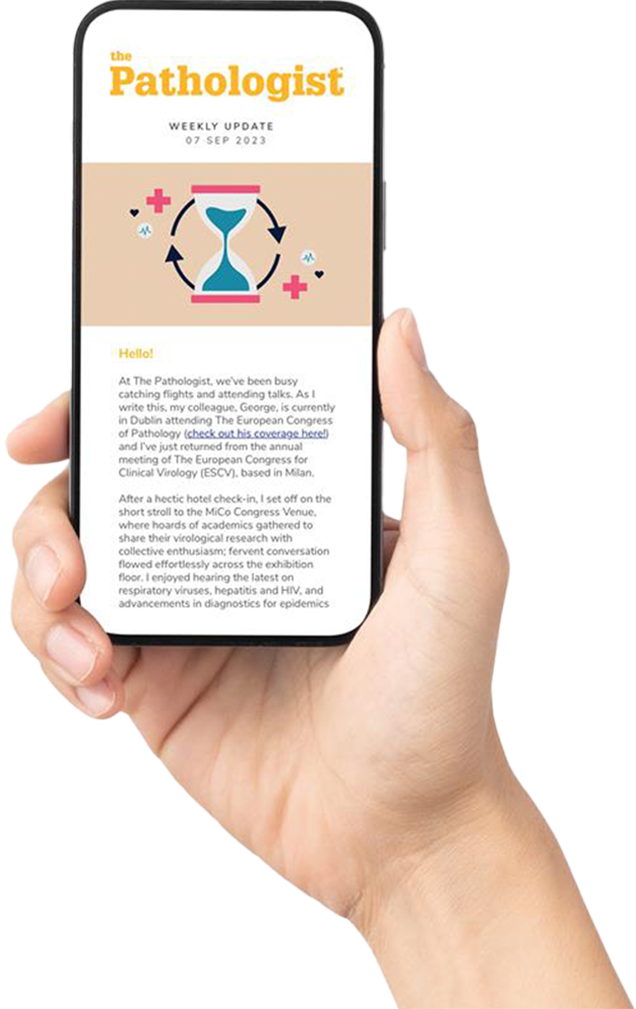Excerpt from an article by Graham McHardy CSci FIBMS Department of Pathology, Aberdeen Royal Infirmary, Foresterhill, Aberdeen, UK. Full article originally published in Hospital Healthcare Europe 2015 The introduction of digital slide scanning for remote reporting has restored an important service for patient healthcare at a Scottish hospital
Telepathology is the process of digitising histological images for transmission electronically to remote centres, often for the purposes of diagnosis. Some telepathology systems employ robotic microscopes, which can be controlled remotely in order to select microscopic fields and to adjust magnification and focussing. This type of system may suffer from delays due to slowness and lags in the robotics.1 The Aperio system from Leica Biosystems described in this report uses Whole Slide Imaging (WSI) to produce a complete digital representation of the tissue. The images produced by WSI are stored on a local server, which can be accessed by remote users who have been granted the required access level. The images are viewed at the remote site on a computer screen, with the remote user having complete control of selection of fields across the entire slide. In a comparison of WSI with conventional microscopic interpretations of frozen sections of ovary, Fallon et al concluded that WSI is accurate, reproducible and reliable for remote reporting.2


Frozen section is a well-established procedure for the intra-operative reporting of urgent biopsies. These cases are treated urgently with the aim of producing stained sections as quickly as possible so that a report may be relayed to the surgeon while the patient is still in theatre. In neuropathology, it is also common for fresh smears to be produced instead of, or as well as, frozen sections. In some centres, ‘touch’ preparations of fresh neurosurgical specimens have also been used.1 Fresh neurosurgical tissue, including some types of tumour, is usually soft and amenable to the production of smears quickly and easily, providing, in most cases, relatively flat layers of cells. Some specimens however, are more fibrous, for example, Schwannomas, and might be less suitable for smear preparations.3 Despite this, it was also reported that the thickness of smears does not impose an impediment to diagnosis, as many thinner areas of the slide will be available for study.3 Promptly fixed and stained smears usually provide excellent cellular and nuclear detail that is probably superior to that of frozen sections, although the latter have the advantage of retaining the architectural detail of the tissue. Also, although frozen sections are usually suitable for a wide range of neurosurgical tissues, they are more time-consuming to prepare compared with smears. In our department, both frozen sections and smears are usually prepared to give a ‘best of both worlds’ protocol, but this may vary according to several factors including the clinical details, and the type and quantity of specimen received. Also for consideration is the availability of follow-on formalin-fixed tissue, which is used to prepare higher quality formalinfixed, paraffin-embedded sections at a later time.
